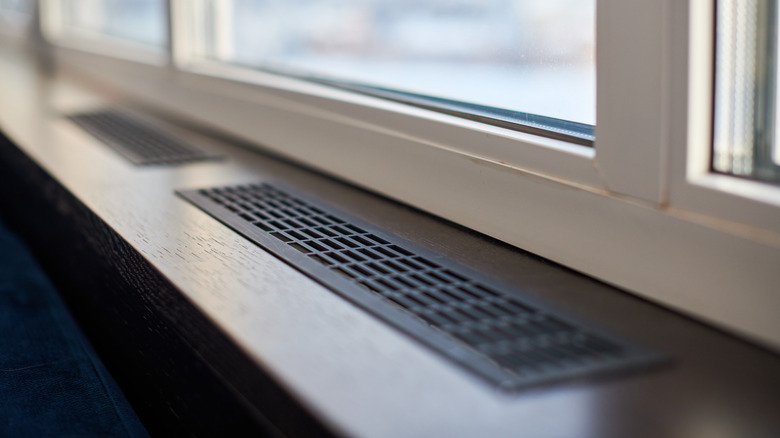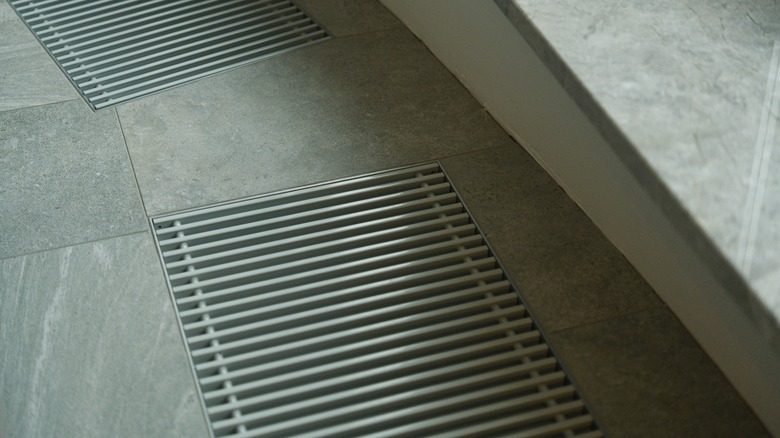Forced Air Heating: What Is It And What Are The Benefits?
In the U.S., forced air heating is the most popular of all the different options to heat your home, with the majority of newly built homes relying on it as their primary source of heat. Given this popularity, you may rightly wonder what gives these systems their acclaim. Before we can answer this question, though, we need to explain what forced air heating systems are and how they work.
Forced air heating systems comprise two key parts: a heating element and a mechanism that propels heated air throughout the home. The former usually takes the shape of a furnace, although heat pumps are emerging as the more modern, sustainable alternative. The latter comprises a blower — i.e., the motor of a powerful fan — and the ducts that carry air throughout the home's conditioned spaces. The furnace or heat pump generates heat, while the blower forces air over the heating element and into the ductwork. As the air loses its heat, it enters return ducts. As their name suggests, these ducts channel the cooled air back to the furnace or heat pump, where it gets hot again, and the cycle continues. The same ducts often serve a different purpose in the summer, when the central air system — the home's air conditioner — sends chilled air through them to lower the interior temperature.
There are several key advantages that make forced air heating so appealing. Firstly, forced air systems can heat a home quickly. Secondly, they're cheaper to purchase and install than the next alternative, radiant floor heating. What's more, they're able to use the same ducts the central air system relies on in the summer.
Analyzing the benefits of forced air heating (plus drawbacks to consider)
If your home is equipped with a forced air heating system, you'll have the peace of mind knowing that your home can warm up quickly when needed. On a frigid winter morning, nothing is worse than waiting forever for the indoor air temperature to rise as you're forced to get out of bed and go about your day. There's no such problem with forced air, as the blower wastes no time pushing heated air through the ducts. In contrast, radiant floors and radiators take a bit longer to get hot and radiate the heat into the air.
Forced air heating also costs less than its hydronic counterparts, like radiant floors or radiators. A brand-new radiant heating system will set you back between $15,000 and over $40,000 if you live in a regular single-family home. In contrast, a new furnace typically costs about $5,000 on the higher end, whereas the ductwork heaps on up to $10,000 more to the total costs, for a total of $15,000. In other words, the least you'll spend on a radiant system is the most you'll pay for a forced air heating equivalent. Speaking of costs, since a forced air heating system and your central air conditioner use the same ducts to heat and cool the home, there's no need to install separate distribution systems for heating and cooling. In contrast, radiant systems rely on underfloor tubes or pipes and radiators to move hot water through a home — infrastructure an air conditioner cannot use.
But forced air systems aren't without their drawbacks. For one, they heat the space less evenly than radiant systems. The latter may generate heat slowly but distribute it uniformly throughout the room. Also, forced air systems blow around dust and allergens as they continue to reuse the same indoor air, so they may not feel as comfortable for some users.

